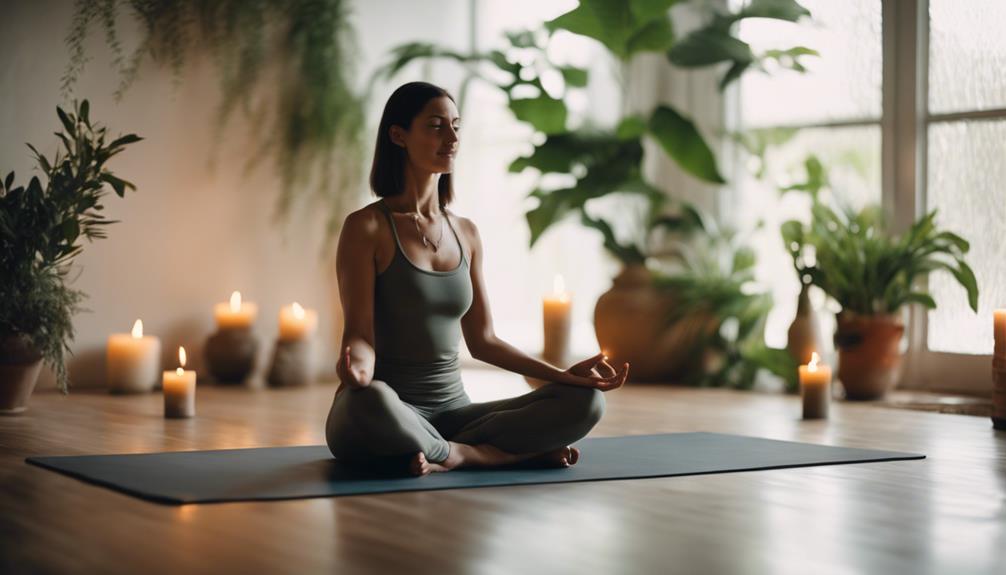Unwind and Unplug: How Does Yoga Teach Your Body to Relax?
In today’s fast-paced world, learning to unwind and unplug is essential for maintaining both mental and physical well-being. One effective practice that has gained immense popularity is yoga. So, how does yoga teach your body to relax? It offers a holistic approach that combines mindful movement, breath control, and meditation. Through these elements, yoga nurtures a deep sense of relaxation, allowing practitioners to find peace amid the chaos of life.
The poses in yoga, known as asanas, are designed to stretch and strengthen various muscle groups while encouraging the release of tension. Each pose serves a unique purpose, targeting areas where stress often manifests, such as the neck, shoulders, and back. As you flow through these postures, your body learns to let go of accumulated stress, gradually transitioning from a state of tension to one of relaxation. Over time, this practice transforms your body’s habitual responses, teaching it to respond more calmly to stressors.
Moreover, the integration of breathwork in yoga plays a crucial role in promoting relaxation. Deep, mindful breathing activates the parasympathetic nervous system, which is responsible for the body’s rest and digestion functions. This shift helps lower heart rates and blood pressure, creating a calming effect that permeates the entire body. Regular practice fosters a deeper awareness of breath, allowing individuals to cultivate a sense of tranquility that extends beyond the yoga mat and into their daily lives.
Breathe Easy: Discover the Relaxation Magic of Yoga!
The magic of yoga lies in its ability to harmonize the mind, body, and spirit, leading to profound relaxation. By focusing on intentional breathing, yoga teaches your body to slow down and embrace the present moment. Many yoga practitioners learn to connect their breath with movement, creating a rhythmic flow that enhances relaxation. This synchronization not only helps ease muscle tension but also encourages a deeper state of mental clarity, making it easier to let go of worries.
Incorporating mindfulness into your yoga practice further enhances its relaxation benefits. Mindfulness encourages you to observe your thoughts, emotions, and physical sensations without judgment. As you cultivate this awareness, your body begins to recognize patterns of stress and tension that may have gone unnoticed. Yoga offers a safe space to explore these sensations, promoting emotional release and helping your body learn to relax in response to stressors rather than resisting them.
Additionally, restorative yoga poses, characterized by their gentle and supportive nature, provide an excellent way to unwind. These poses often involve using props such as blankets, bolsters, and blocks to support the body fully. This support allows practitioners to relax deeply, facilitating a sense of surrender and calm. As you immerse yourself in these restorative practices, you’ll discover how yoga teaches your body not just to relax but to cherish the quiet moments that nourish your soul.
Embracing the Journey of Relaxation Through Yoga
Ultimately, the question of how yoga teaches your body to relax encompasses a multitude of intertwined practices and philosophies. From mindful movement and breath control to meditation and mindfulness, yoga provides a comprehensive toolkit for relaxation. By adopting this ancient practice, individuals can experience the interconnection of body and mind, finding a sanctuary of calm in their busy lives. As you embrace this journey, allow yourself the grace to unwind and unplug, discovering the true relaxation magic of yoga.
